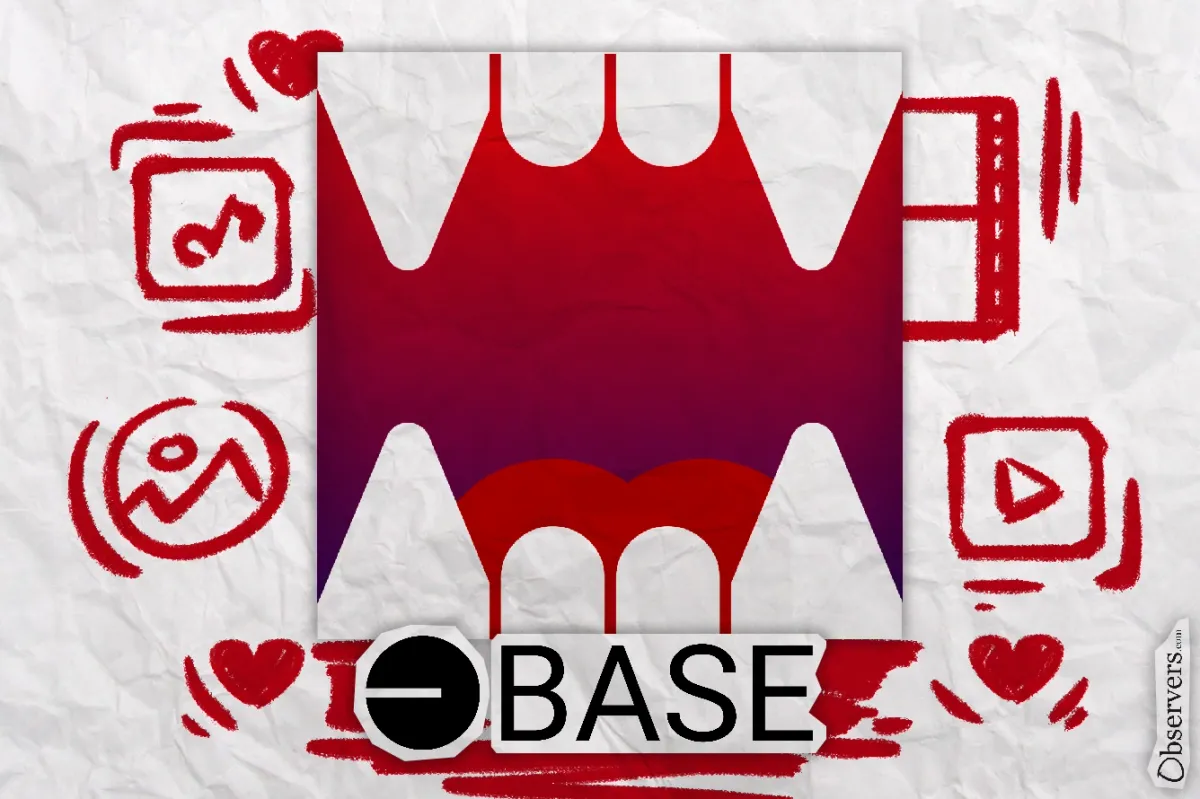
A significant update of the on-chain social app Drakula will go live on October 1. The team shared that the new version of the on-chain mobile video app will bring Base meme-coins and creators closer to a mainstream audience, attracting more users to the Base ecosystem and crypto in general. Users can now earn fees for referring meme-coins in addition to earning as creators.
The updated desktop version was quietly launched recently and already allows Base memecoin communities to pin tokens and upload videos.
Drakula founder Alex Masmej said that one of the team’s bets is on simplifying crypto, or in other words, on making it invisible to end-users. The team wants to make the UX comparable to TikTok’s and compete with existing web2 players, using their practices to offer users crypto-native products.
“We need to embed wallets so that the most painful step is solely restricted to the signup phase – my instinct tells me it's a Passkey + email pairing. Then we just never show crypto nor wallets again to the user, unless they need to fund their wallet, - tweeted Alex Masmej.
The current website version allows smooth sign-in, which is expected to be further enhanced and introduced in the new app version. After using “legacy methods” to log in (Google, TikTok, Apple, and Farcaster), we were asked to connect to Coinbase Wallet, and the app seamlessly connected to the Smart Wallet straight after TouchID confirmation. This new technology, introduced by Coinbase in June, allows the simple creation of a wallet and access to it within seconds using passkeys - a new type of simplified login method developed by Apple, Google, and Microsoft. The onboarding process is as simple as possible, which is important for massive adoption and the ability to compete with Web2 players. Still, this simplicity raises concerns among those used to seed phrases, 2FA, etc.
Drakula’s roots go back to the beginning of the 2020s. Its founder, Alex Masmej, first launched Showtime, an NFT gallery. Since then, Showtime has continued working on bringing utility to digital collectibles, and Drakula is its latest project. Masmej is also famous for ‘tokenizing himself’ by introducing $ALEX token in 2020 to raise funds. At some point, he even offered holders the chance to vote on his life choices.
The Drakula app imitates TikTok's interface, but behind the screen, it uses blockchain technology. Every video is minted on the Zora network. Users can buy ERC721 tokens from short-form video creators. The most expensive token now costs over $300, but the majority trades for $5-50. Creators can also be rewarded with other tokens from ad partners.
Masmej shared this month that while the app earns $1 per minute on mints from on-chain ads, the creators earn six times more. He later added that the app made $500K from 50K users in just one month.
“Every video on Dracula is a pre-mint. And then the first minter gets a small incentive. Um, and, and, you know, like we get a small fee, the creator gets a fee, the user sharing it to get a fee,” - explained Masmej after the app launch.
Currently, the creator tokens can be bought as $DEGEN on the website. This token was first launched as a community meme-coin and a reward token for Farcaster users. Later $DEGEN grew to a separate project with its own L3 on Base. Several Dapps now accept $DEGEN, and some have even been built on the Degen Chain. The token creator explained that the L3 chain makes $DEGEN suitable for high-engagement applications like social media, such as Drakula.
Apparently, these tight links with the Farcaster community was a pivotal factor in Drakula’s fast growth: in 10 days after launch, activity on the app reached 660 million $DEGEN ($10,000,000 at that time). So far, the total volume has reached 940 million $DEGEN.
The establishment of new links within the Base community might fuel future growth if the team indeed manages to provide users with both well-designed UX/UI and Web3-driven core.

